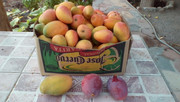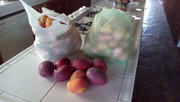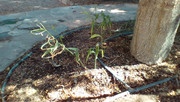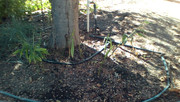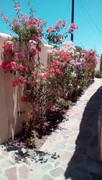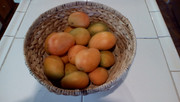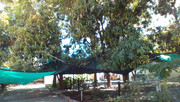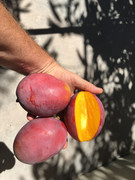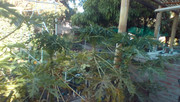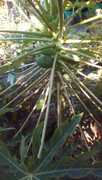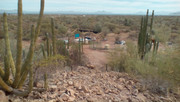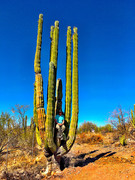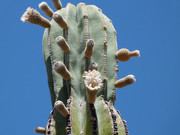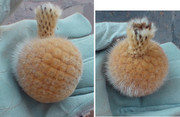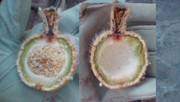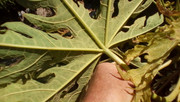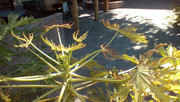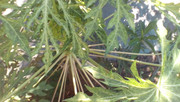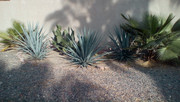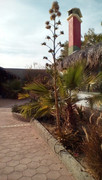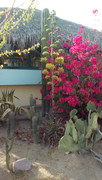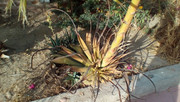76
Tropical Fruit Discussion / Re: co2 death chamber
« on: July 01, 2017, 12:27:34 AM »
co2 causes severe respiratory distress (In severe hypercapnia (generally PaCO2 greater than 10 kPa or 75 mmHg), symptomatology progresses to disorientation, panic, hyperventilation, convulsions, unconsciousness, and eventually death.).
Nitrogen or helium would be much kinder if you need to pursue this method (https://en.m.wikipedia.org/wiki/Inert_gas_asphyxiation).
This publication has a discussion of all kinds of euthanasia... http://icwdm.org/PDF's/AVMA2007report.pdf. It notes the best method depends on the animal. And this one details the co2 method.....
http://icwdm.org/wildlife/euthanasia/Carbondioxide.aspx
A whack on the head is noted as a good method if you can execute it effectively. It is also listed as not recomended.... go figure!
Nitrogen or helium would be much kinder if you need to pursue this method (https://en.m.wikipedia.org/wiki/Inert_gas_asphyxiation).
This publication has a discussion of all kinds of euthanasia... http://icwdm.org/PDF's/AVMA2007report.pdf. It notes the best method depends on the animal. And this one details the co2 method.....
http://icwdm.org/wildlife/euthanasia/Carbondioxide.aspx
A whack on the head is noted as a good method if you can execute it effectively. It is also listed as not recomended.... go figure!

